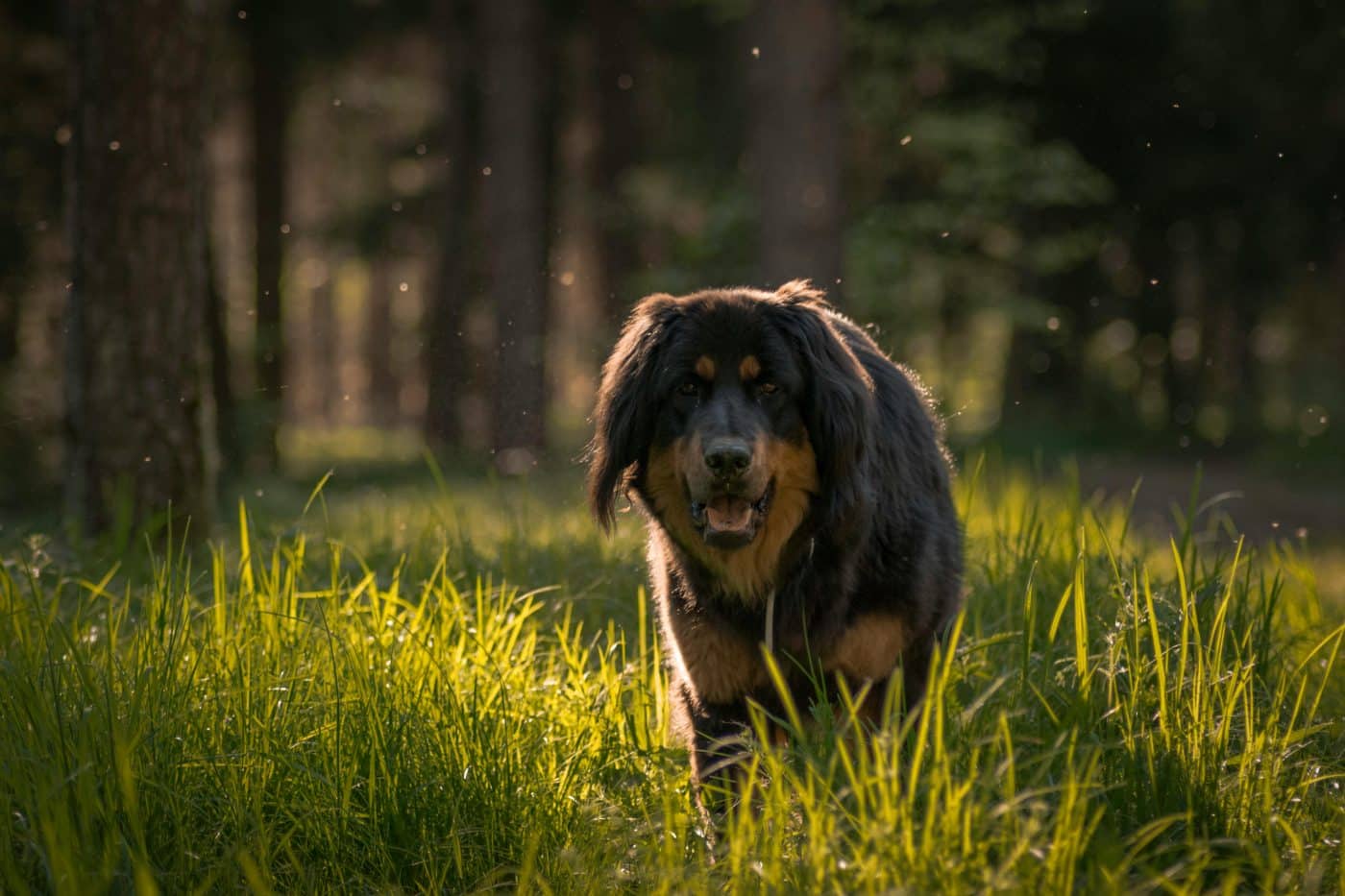 Shutterstock
Shutterstock
Dogs have worked alongside humans for centuries, taking on specialized jobs that were once essential to daily life. Many breeds were carefully developed for specific tasks, from hunting and herding to guarding and even performing unique household duties. However, technological advancements and societal shifts have made many of these roles unnecessary over time. While their original jobs may be obsolete, these breeds have successfully adapted, finding new purposes as loyal companions, therapy animals, and competitive athletes, proving that their skills and charm are timeless.
Dalmatian
 Shutterstock
Shutterstock
Dalmatians were once essential firehouse dogs, running alongside horse-drawn fire wagons to clear the way. Their speed, intelligence, and affinity for horses made them the perfect firefighting assistants. However, as fire trucks replaced horse-drawn engines, their job became unnecessary. Today, they are mostly seen as fire station mascots, but their legacy as firehouse heroes remains strong.
Scottish Deerhound
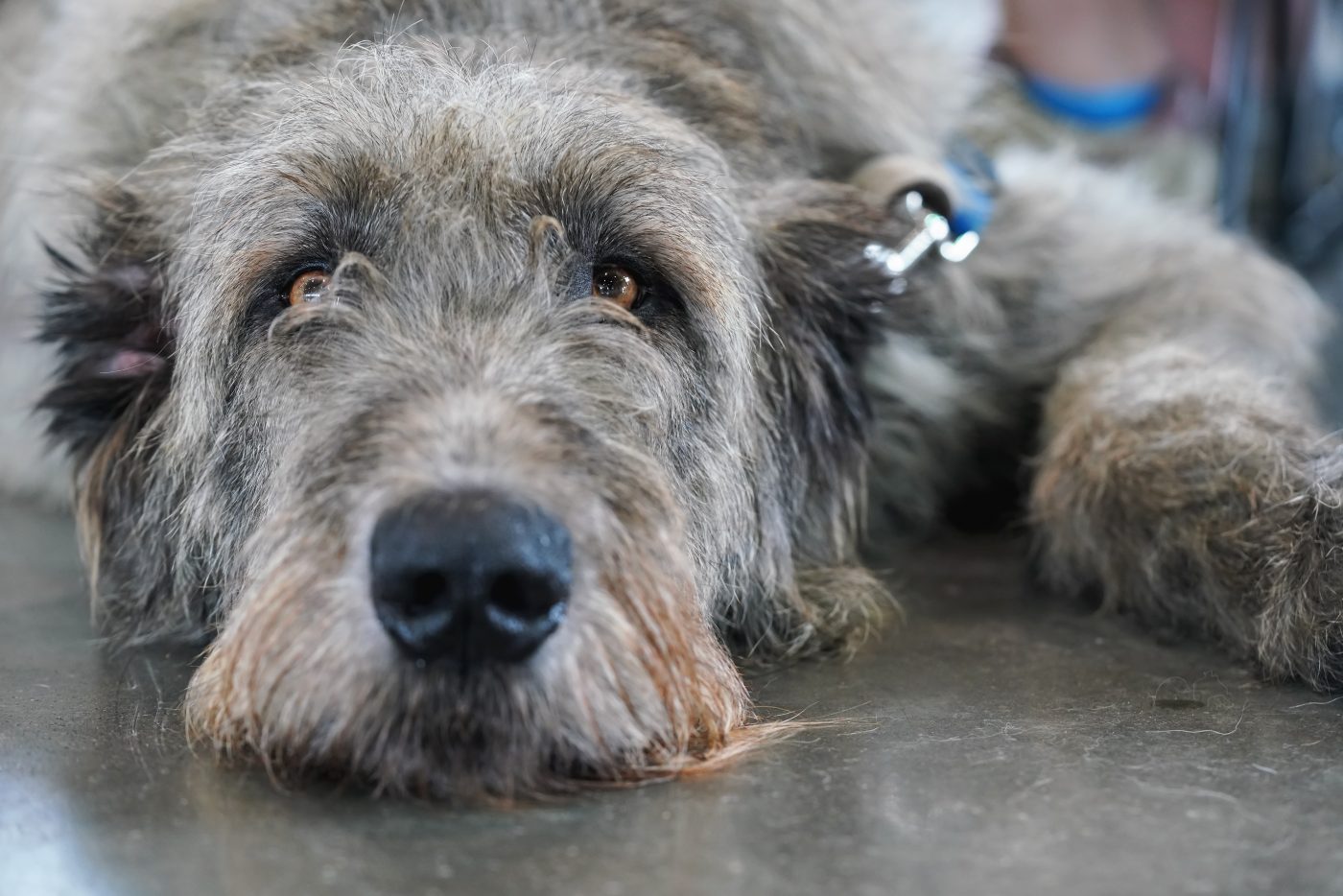 Shutterstock
Shutterstock
Scottish Deerhounds were bred to chase and bring down large red deer in the Scottish Highlands. Their speed, endurance, and hunting instincts made them invaluable before firearms became common. However, modern hunting techniques and changing wildlife populations have made their skills less relevant. Though no longer used for hunting, they remain beloved for their regal appearance and gentle temperament.
Newfoundland
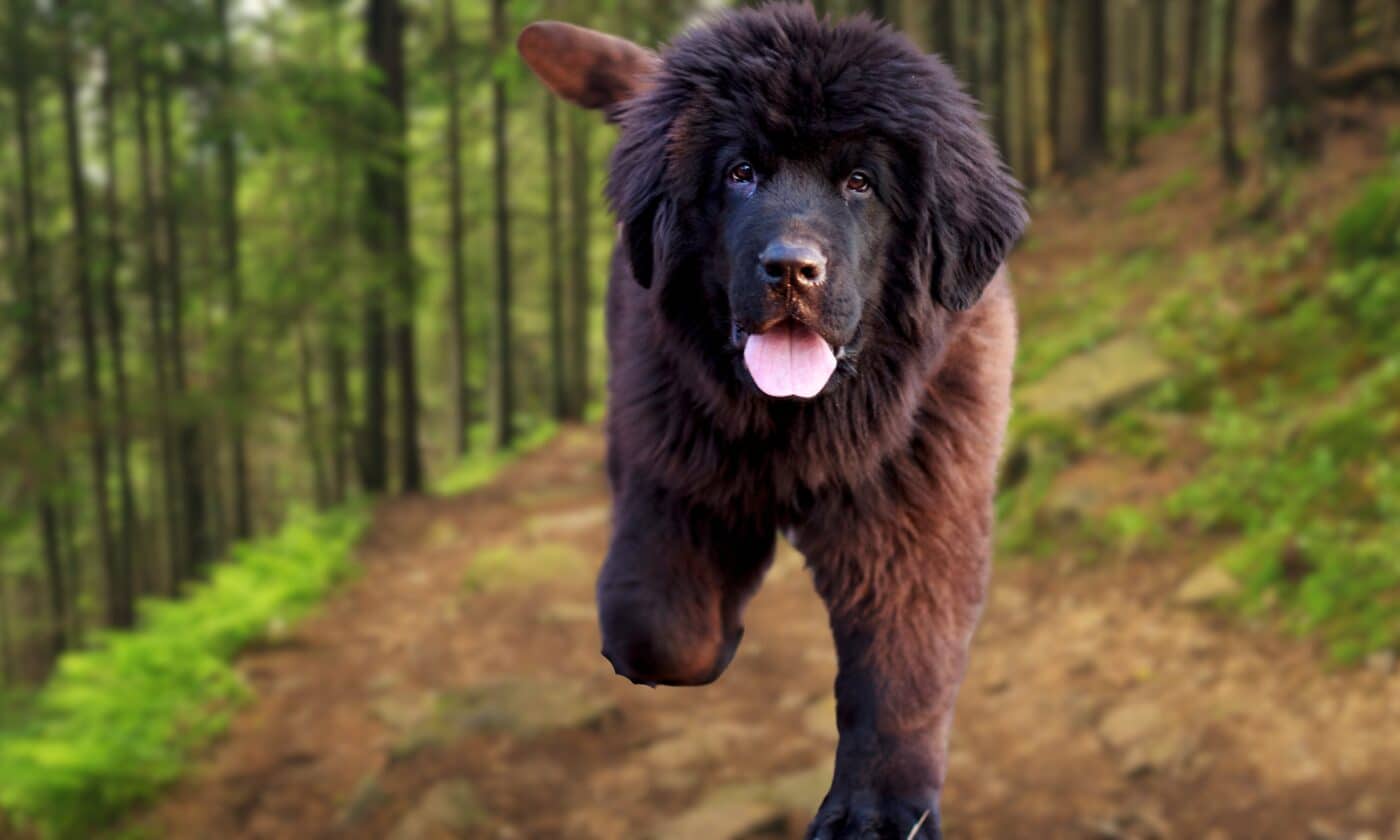 Shutterstock
Shutterstock
Newfoundlands were once the ultimate fisherman’s helper, hauling heavy fishing nets and rescuing sailors from treacherous waters. Their webbed feet, strong swimming ability, and thick coats made them ideal for water rescues. Today, modern life-saving equipment and boats have made their job mostly obsolete. Despite this, their protective nature and love for water ensure they excel in water rescue demonstrations and competitions.
Otterhound
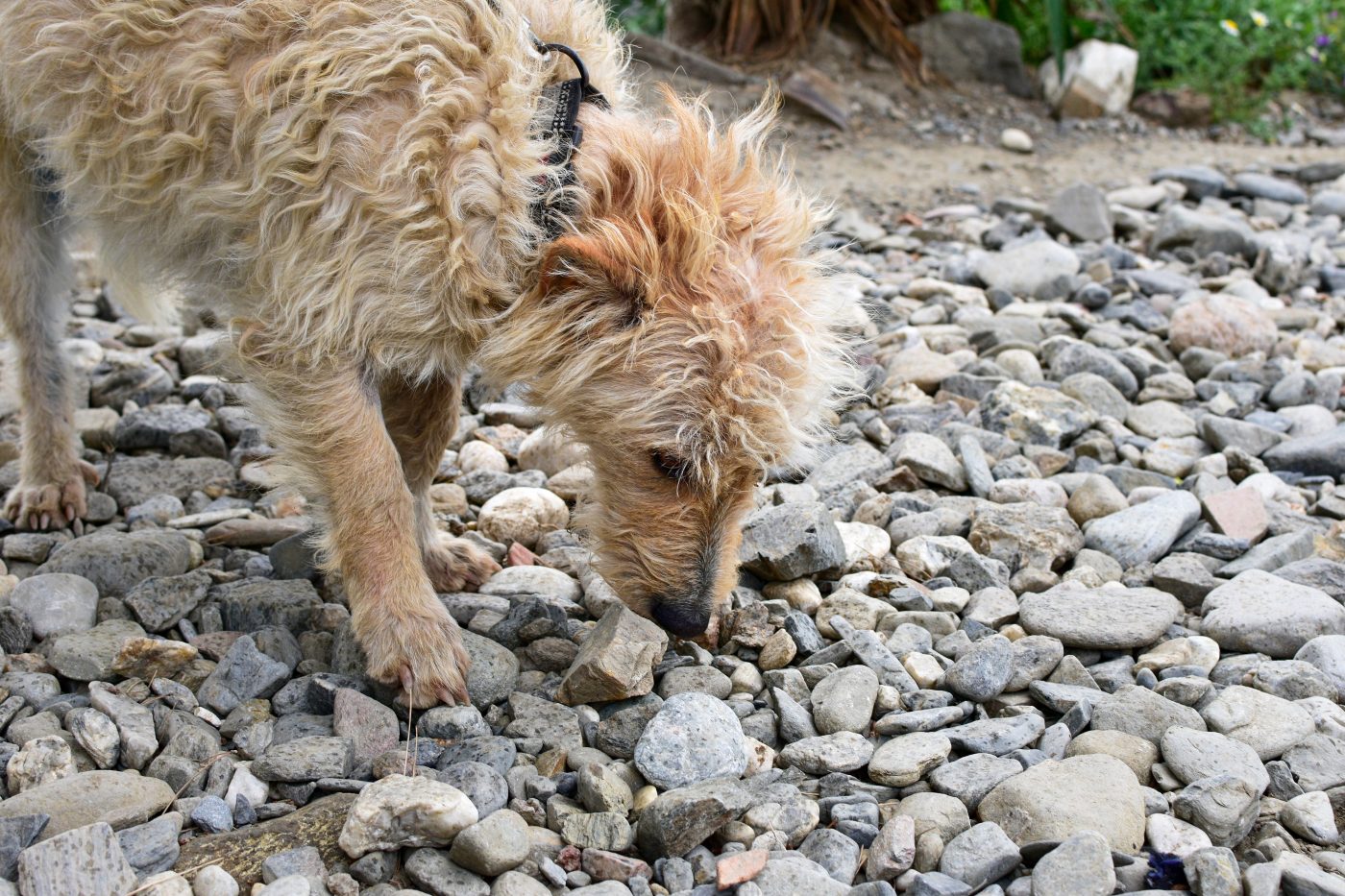 Shutterstock
Shutterstock
Otterhounds were bred to hunt otters, requiring a keen nose, webbed feet, and a love for swimming. For centuries, they helped control otter populations that threatened fish supplies. However, when otter hunting was banned in the 1970s, their job disappeared almost overnight. Though now rare, their friendly personalities and unique looks keep them cherished by dedicated breed enthusiasts.
Bloodhound
 Shutterstock
Shutterstock
Bloodhounds were once relied upon for their unmatched tracking ability, helping to locate criminals, lost people, and missing livestock. Their powerful noses could follow a scent for miles, making them invaluable in law enforcement. However, modern forensic technology and tracking devices have reduced the need for their services. While they are still used in some police work, they are now more commonly found as beloved pets and scent-tracking competitors.
Tibetan Mastiff
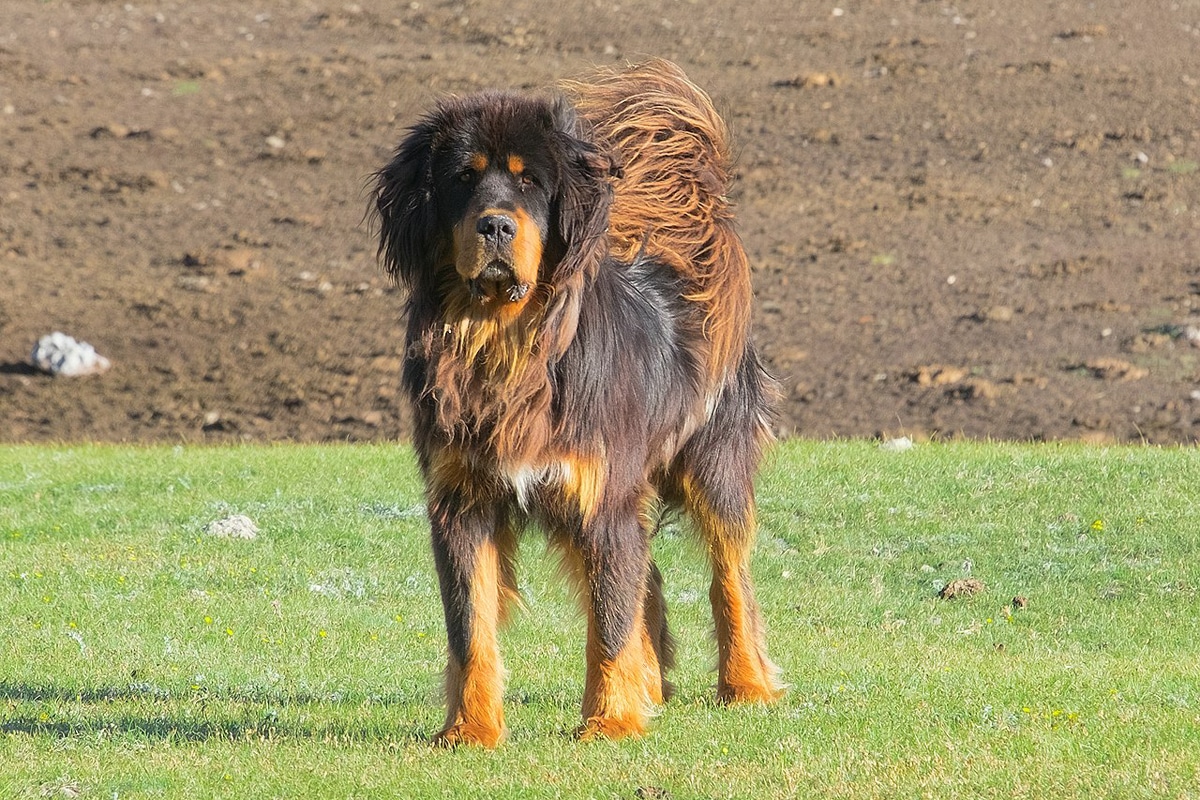 Shutterstock
Shutterstock
Tibetan Mastiffs were bred to protect livestock from wolves and snow leopards in the Himalayas. Their massive size, thick coats, and fearless nature made them perfect for guarding flocks in harsh conditions. As farming practices changed and predators became less of a threat, their role diminished. Today, they are mostly kept as guard dogs or family companions, known for their strong-willed and protective nature.
Dandie Dinmont Terrier
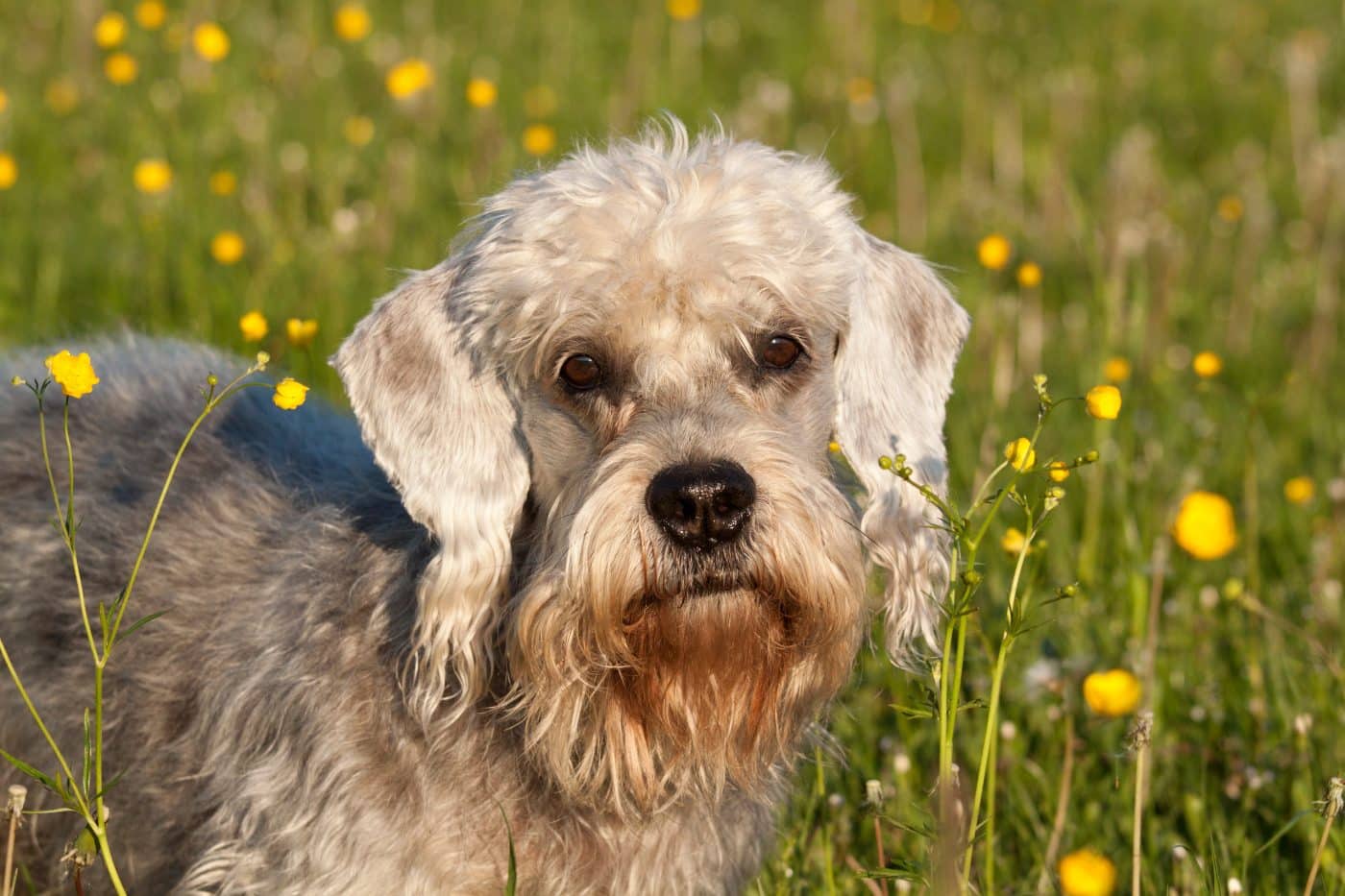 Shutterstock
Shutterstock
The Dandie Dinmont Terrier was originally bred to hunt otters and badgers, requiring a fearless attitude and strong digging skills. Their long bodies and powerful legs made them perfect for burrowing into dens and flushing out their prey. However, their services became unnecessary with changing hunting laws and conservation efforts. Though they are now rare, they are still appreciated for their charming, intelligent, and determined personalities.
English Setter
 Shutterstock
Shutterstock
English Setters were originally used for locating and “setting” game birds, crouching low so hunters could throw nets over them. As firearms replaced net-hunting, their job became less necessary. While some are still used for bird hunting, their original method is now outdated. Despite this, they have remained popular for their friendly temperament, intelligence, and striking good looks.
Kerry Blue Terrier
 Shutterstock
Shutterstock
Kerry Blue Terriers were bred as all-purpose farm dogs, excelling in herding, vermin control, and guarding property. Their intelligence and versatility made them a valuable asset to farmers. However, advancements in pest control and modern farming techniques reduced the need for their services. Today, they are more commonly found in agility and obedience competitions, proving their skills in new ways.
Belgian Malinois
 Shutterstock
Shutterstock
Belgian Malinois were originally herding dogs, responsible for guiding and protecting livestock. Their speed, intelligence, and trainability made them excellent at managing flocks. While herding has declined due to modern agricultural advancements, these dogs have found new careers in police and military work. Their sharp instincts and loyalty ensure they remain one of the most useful working breeds today.
Great Pyrenees
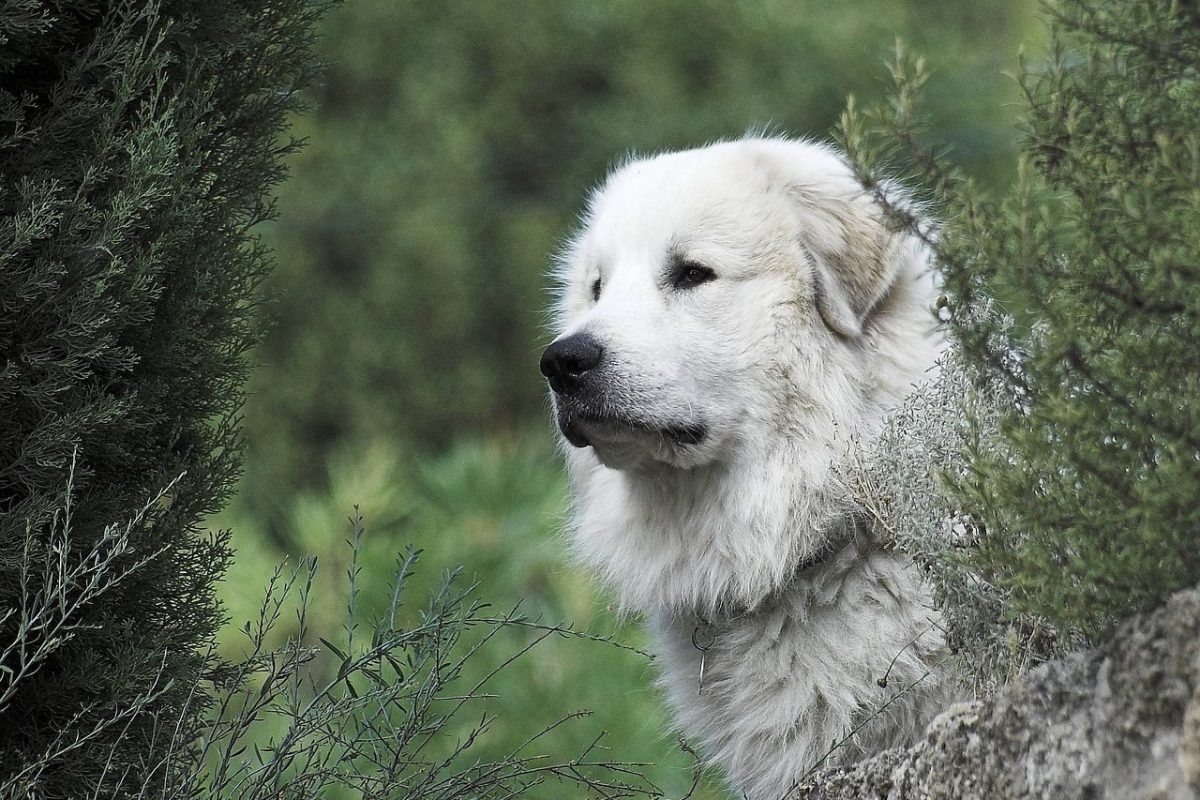 Shutterstock
Shutterstock
The Great Pyrenees were bred to guard livestock in remote mountainous regions, protecting sheep from predators. Their size, strength, and protective instincts made them invaluable to shepherds. However, improved fencing and other deterrents have made their traditional role less necessary. Despite this, they are still cherished for their gentle nature and unwavering devotion to their families.
The Jobs Are Gone, But The Paws Persist
 Shutterstock
Shutterstock
While many of these breeds no longer perform their original tasks, they remain remarkable. Their instincts, intelligence, and loyalty continue to make them beloved companions in homes worldwide. Some have embraced new roles in therapy work, competitive sports, and law enforcement, proving their adaptability and enduring value. No matter how much the world evolves, these dogs demonstrate that their legacy is everlasting. Their history is rich with purpose, and while their original jobs may be gone, their impact will never be forgotten.

 3 weeks ago
12
3 weeks ago
12

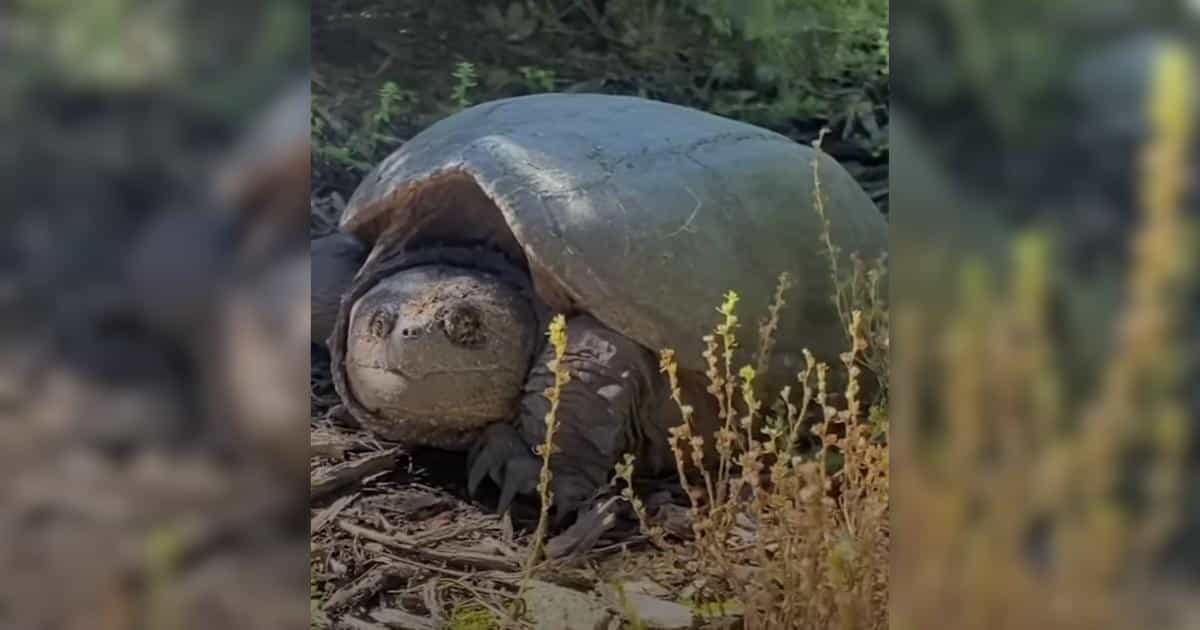


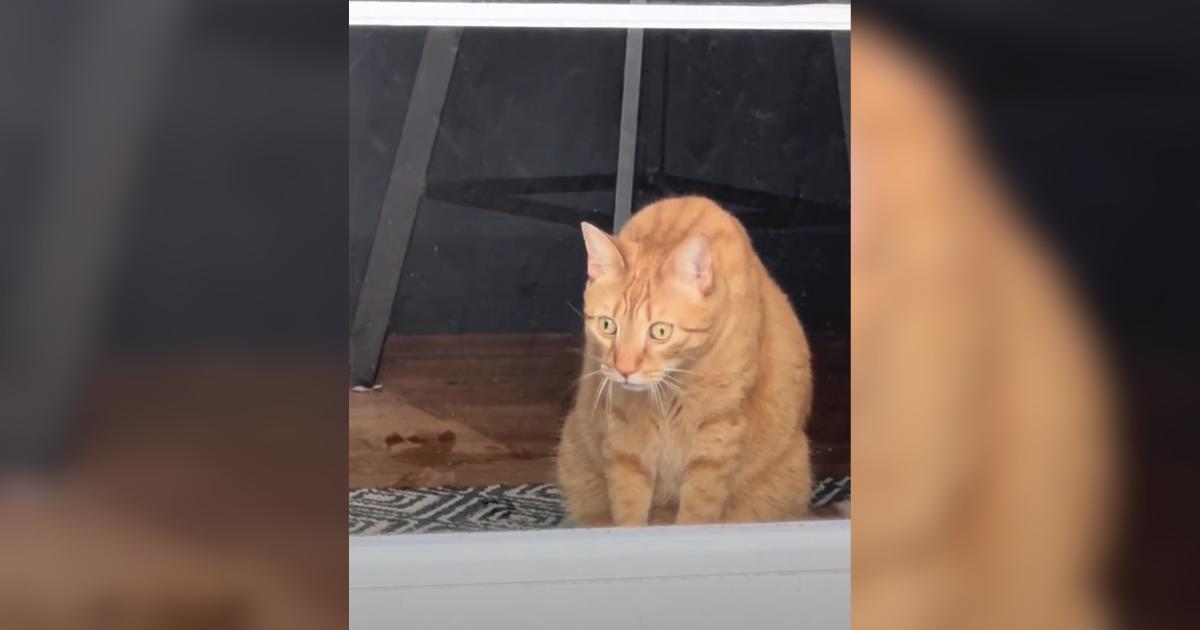







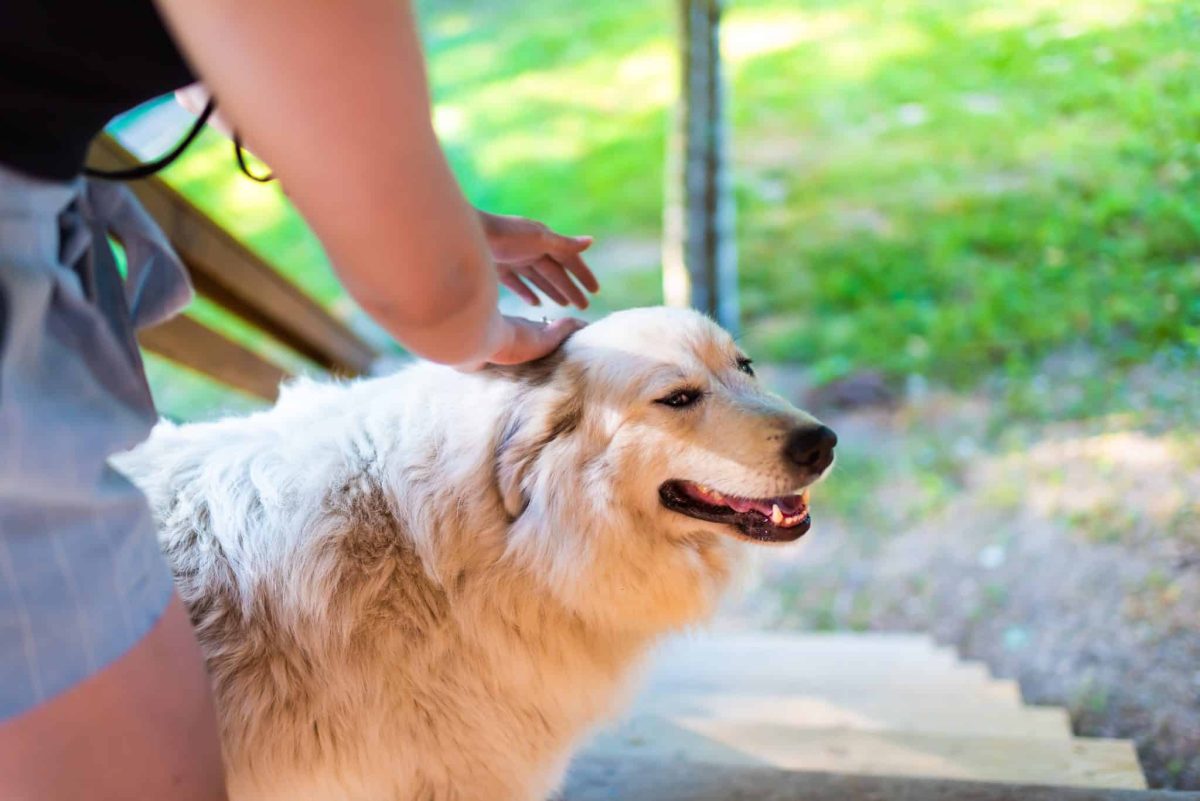





 English (US) ·
English (US) ·